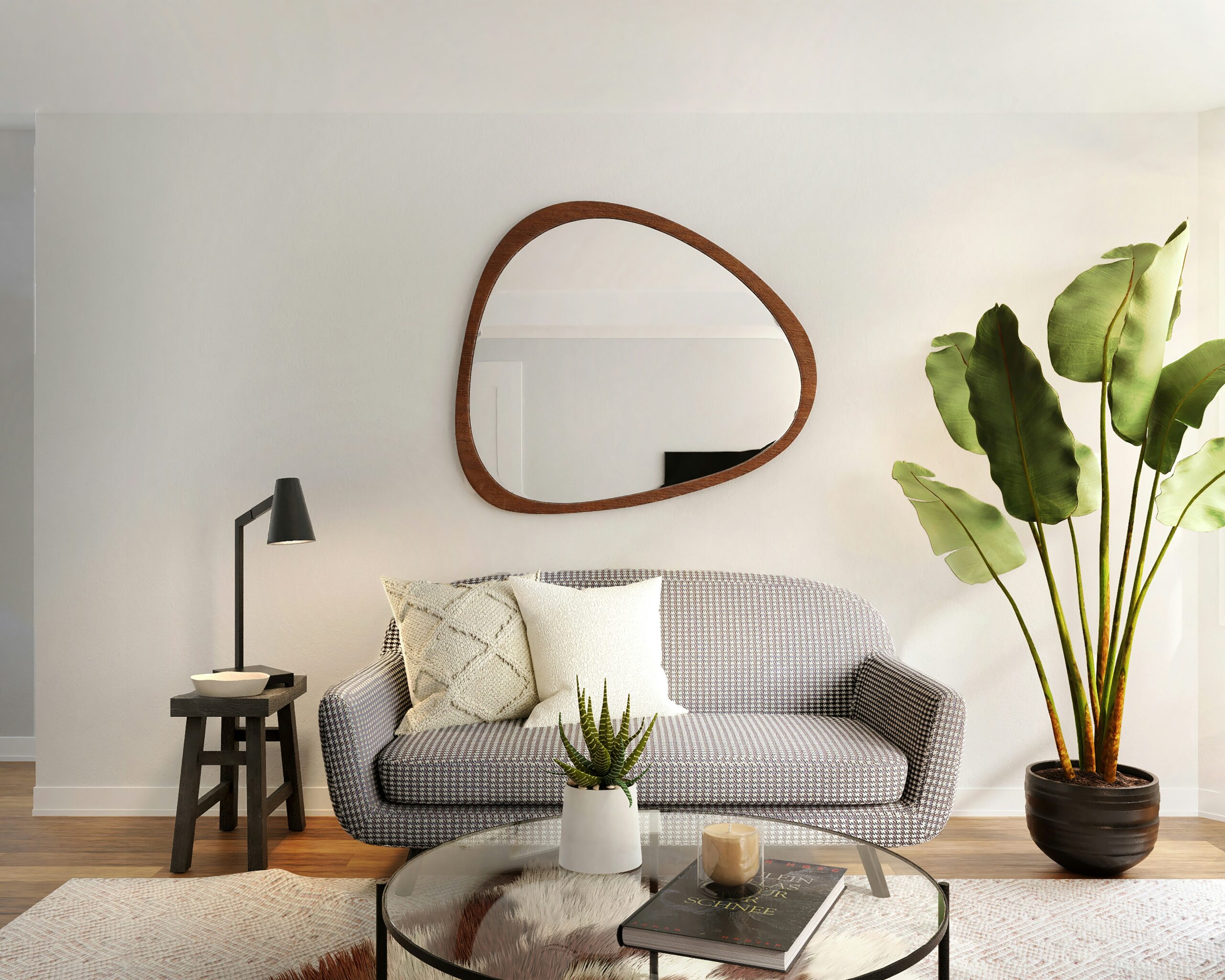Creating a Functional and Inviting Workspace
Designing an effective home office requires a careful balance between functionality and comfort. The primary focus should be on selecting furniture that promotes health and efficiency. Ergonomic chairs and desks are essential for long hours of remote work, as they support proper posture and reduce the risk of discomfort and injury. Investing in an adjustable desk can also facilitate movement throughout the day, allowing professionals to alternate between sitting and standing, which enhances productivity.
When determining the layout of the workspace, it is crucial to consider the flow of daily tasks. Positioning the desk in a way that maximizes natural light can elevate mood and concentration. Avoid clutter by organizing essential materials within arm’s reach and utilizing shelves or drawers to store items that are not used frequently. This promotes an environment that minimizes distractions and fosters focus.
Color schemes play a significant role in setting the tone of the workspace. Choose colors that inspire creativity and calmness, such as soft blues or greens, which have been shown to reduce stress levels. In contrast, brighter accents, such as yellows or oranges, can stimulate energy and motivation. Integrating personal decor, such as artwork or plants, can make the workspace feel inviting; plants in particular have been correlated with improved air quality and enhanced well-being.
Ultimately, the goal is to create a home office that not only accommodates work needs but also promotes a sense of comfort and positivity. By thoughtfully selecting furniture, optimizing layout, and defining a pleasing aesthetic through color and decor, remote workers can significantly elevate their efficiency and satisfaction in their work environment.
Incorporating Techniques for Enhanced Focus and Well-Being
As remote work continues to grow in popularity, incorporating effective techniques for enhancing focus and well-being becomes essential for maintaining high productivity levels. One key strategy involves integrating natural elements into the workspace, such as plants. Evidence suggests that the presence of greenery can significantly improve mood and reduce stress, contributing to enhanced concentration. Furthermore, the aesthetic appeal of plants can create a more inviting atmosphere, making it easier to engage in sustained periods of focused work.
In addition to incorporating plants, adjustments to sound and lighting can also play a pivotal role in boosting focus. Soft background music or ambient sounds can help drown out distracting noises, promoting a more productive work environment. Similarly, optimizing lighting conditions can make a significant difference; natural light is preferred as it enhances energy levels and morale. For those who may not have access to adequate daylight, consider using artificial light sources that mimic daylight, thus fostering a conducive workspace that supports concentration and well-being.
Time management strategies are crucial for optimizing productivity while working remotely. Implementing techniques such as the Pomodoro Technique, where work is broken into intervals with scheduled breaks, encourages sustained focus while preventing fatigue. Taking intentional breaks is vital for mental rejuvenation; stepping away from the screen, even for a few minutes, helps recharge cognitive functions. Moreover, structuring work hours to align with personal peak productivity times can further enhance output and reduce the risk of burnout.
By thoughtfully integrating these techniques into the remote work routine, individuals can create an environment that not only fosters concentration but also prioritizes overall well-being. Through this holistic approach, remote work can transform into a more efficient and fulfilling endeavor.

